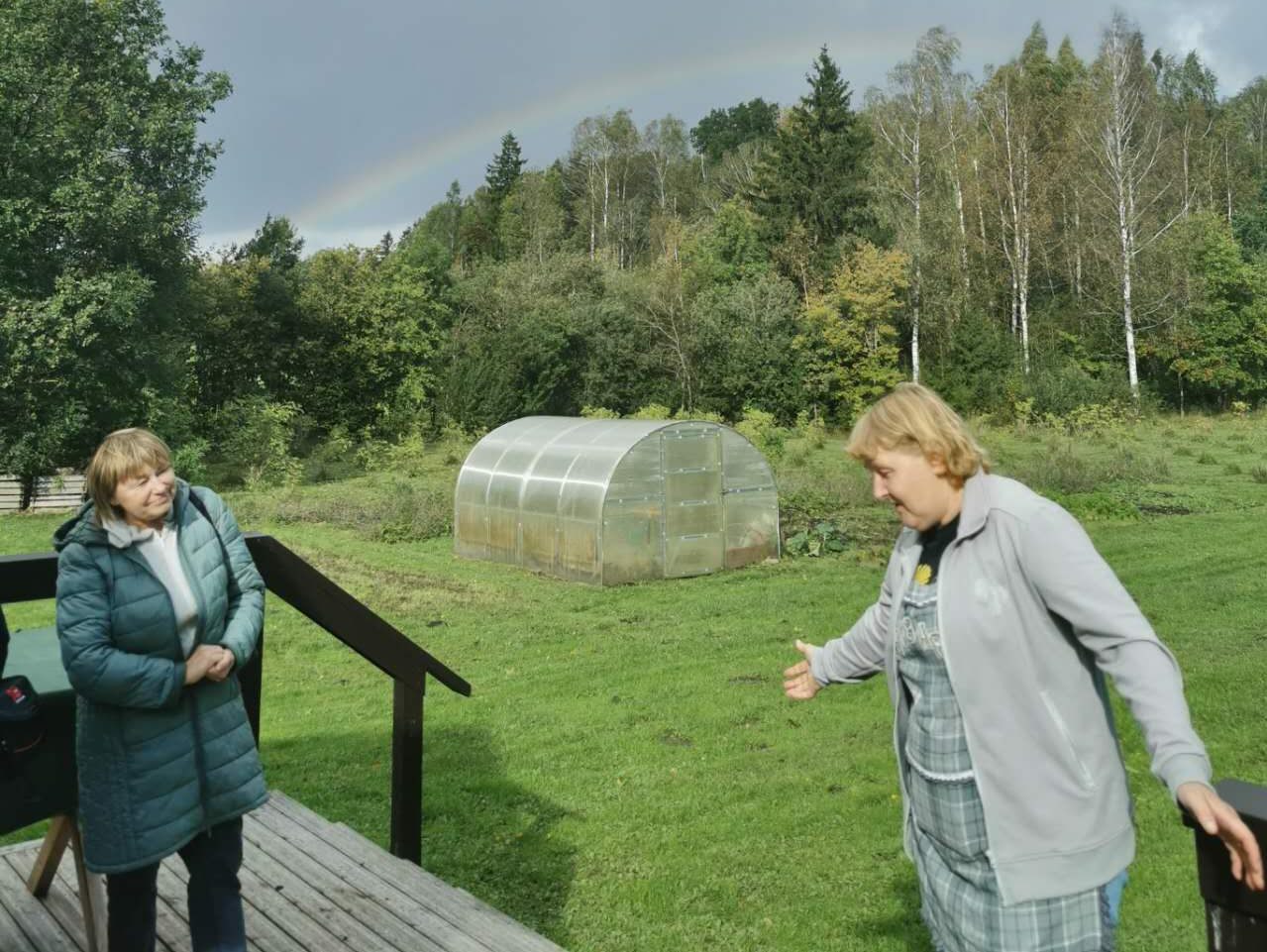In this blog, I will introduce two main challenges for developing rural tourism in the Tukums region. In my last blog, I shared some stories and experiences when visiting those two rural destinations. I also mentioned some unpleasant feelings that it is hard to find the correct position in those places. This time, I will focus on language diversity and part-time business to explain more deeply.
Read more: Challenges of rural tourism in the Tukums regionLack of language diversity
Although we could find the materials we needed in English at the tourism information centre, it was still inconvenient that the owner or the staff who was introducing the destination to us spoke poor English. Communication can be one of the most important elements in developing experiences. If it is hard for the tourist to understand the story delivered, we can regard the storytelling part as to some extent failed. This uncomfortable experience reached the vertex when we were visiting the snail farm. The picture below shows that the owner of the snail farm was telling the story about the place in Latvian and our teacher from Turiba University was translating for us. Every single question and answer needed to be translated to deliver. This type of inconvenience not only tore the communication apart but also created an unseeable distance between the operator and the tourists.

Tourism is a part-time business for rural destination operators
Among the challenges of rural tourism in the Tukums region, an important phenomenon I wanted to illustrate is that for the operators of the destinations, tourism is a part-time business. I put a link here for the official introduction of the Kangari snail farm. It is interesting to find that there are no stable working hours for visiting there. Tourists need to book an appointment with the owner in advance. It is because the whole snail farm is operated by the owner only, there is no more other staff. I wanted to classify this as a lack of personnel before. However, after chatting with the staff of another destination and our teachers, I changed my mind.
There are two elements that need to be taken into consideration. The first one is that tourism in Tukums shows the feature of seasonal. Their peak season for tourism is only the summer. The long-term contract for the operators is somehow a kind of burden. Also, tourism is not the biggest income for them. Both destinations I visited have their core product which I had mentioned in my last blog. Therefore, running a tourism business as a part-time business is just a strategy for them to survive.